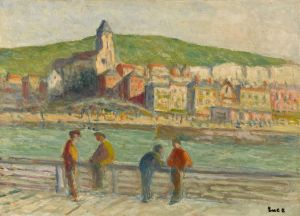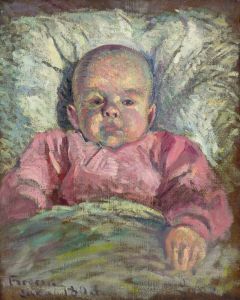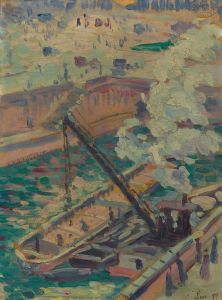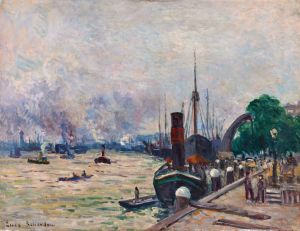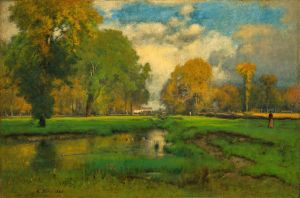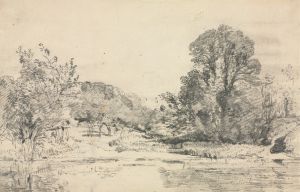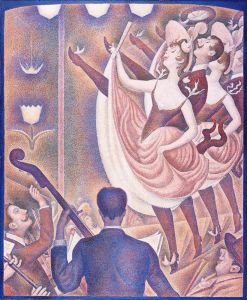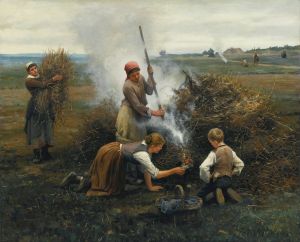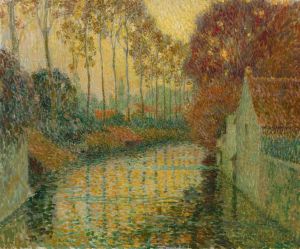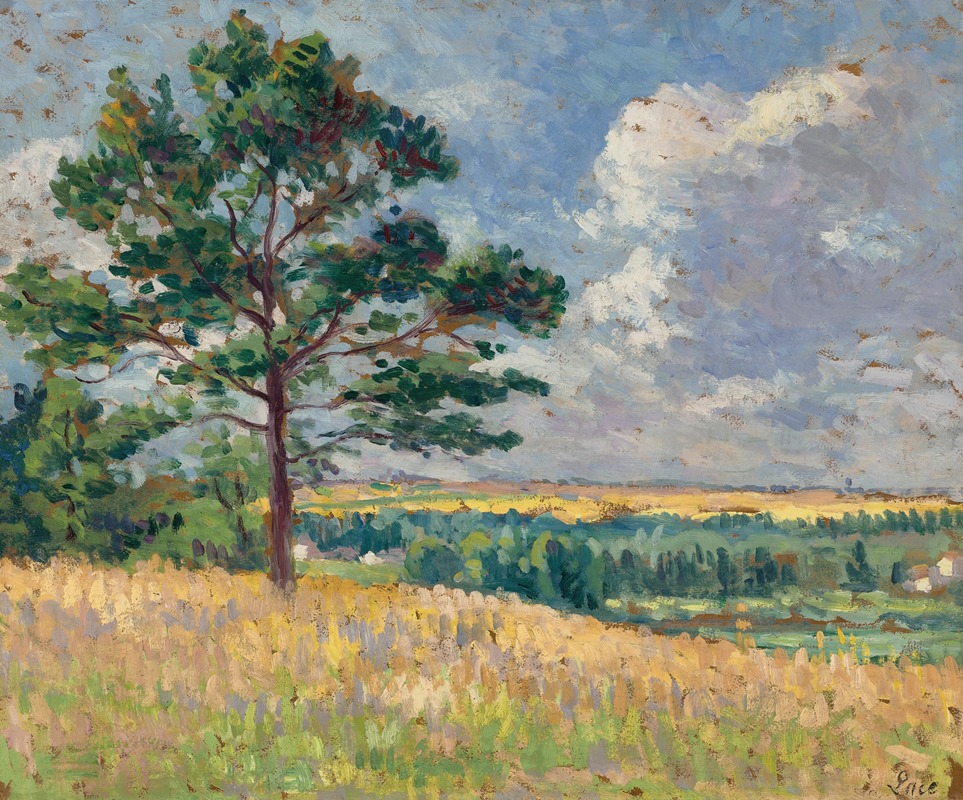
Paysage près de Méréville
A hand-painted replica of Maximilien Luce’s masterpiece Paysage près de Méréville, meticulously crafted by professional artists to capture the true essence of the original. Each piece is created with museum-quality canvas and rare mineral pigments, carefully painted by experienced artists with delicate brushstrokes and rich, layered colors to perfectly recreate the texture of the original artwork. Unlike machine-printed reproductions, this hand-painted version brings the painting to life, infused with the artist’s emotions and skill in every stroke. Whether for personal collection or home decoration, it instantly elevates the artistic atmosphere of any space.
Maximilien Luce was a prominent French Neo-Impressionist painter known for his vibrant landscapes and depictions of urban life. One of his notable works is "Paysage près de Méréville," which translates to "Landscape near Méréville." This painting exemplifies Luce's mastery of the Neo-Impressionist technique, characterized by the use of small, distinct dots of color that blend in the viewer's eye to create a luminous effect.
"Paysage près de Méréville" captures the serene beauty of the French countryside, a subject that Luce frequently explored in his work. The painting is believed to have been created during a period when Luce was deeply influenced by the principles of Divisionism and Pointillism, techniques pioneered by Georges Seurat and Paul Signac. These methods involve the application of pure color in small dots or strokes, allowing the colors to mix optically rather than physically on the canvas.
The scene depicted in "Paysage près de Méréville" is tranquil and idyllic, showcasing Luce's ability to convey the natural beauty of rural France. The composition likely includes elements typical of the region's landscape, such as rolling hills, lush greenery, and perhaps a water feature like a river or stream. Luce's use of color and light would have been carefully considered to evoke the atmosphere and mood of the countryside, capturing the essence of a specific time of day or season.
Maximilien Luce was not only a painter but also an engraver and lithographer, which contributed to his keen understanding of line and form. His artistic career was marked by a commitment to social and political causes, and he was associated with the anarchist movement in France. This background may have influenced his choice of subjects, often focusing on the lives of ordinary people and the landscapes they inhabited.
Luce's work, including "Paysage près de Méréville," is part of the broader Neo-Impressionist movement, which sought to bring scientific rigor to the study of color and light in painting. This movement was a reaction against the more spontaneous approach of the Impressionists, emphasizing instead a more systematic and analytical method of capturing the effects of light.
While specific details about the provenance or exhibition history of "Paysage près de Méréville" may not be widely documented, Luce's paintings have been exhibited in numerous galleries and museums around the world. His work is appreciated for its technical skill and its ability to convey the beauty and complexity of everyday life.
In summary, "Paysage près de Méréville" is a testament to Maximilien Luce's skill as a Neo-Impressionist painter. Through his use of color, light, and composition, Luce captures the serene beauty of the French countryside, reflecting both his artistic influences and his personal vision. The painting remains an important example of the Neo-Impressionist movement and Luce's contribution to the art world.





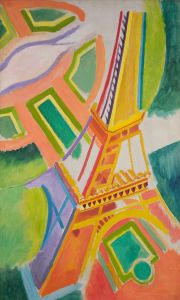
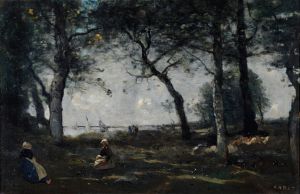
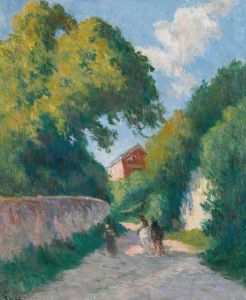
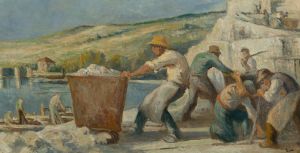
![Dépôt de pavés à Montmartre [Paysage à la charrette]](/imgs/233324/s/maximilien-luce-depot-de-paves-a-montmartre-paysage-a-la-charrette-9dea0cdd.jpg)
